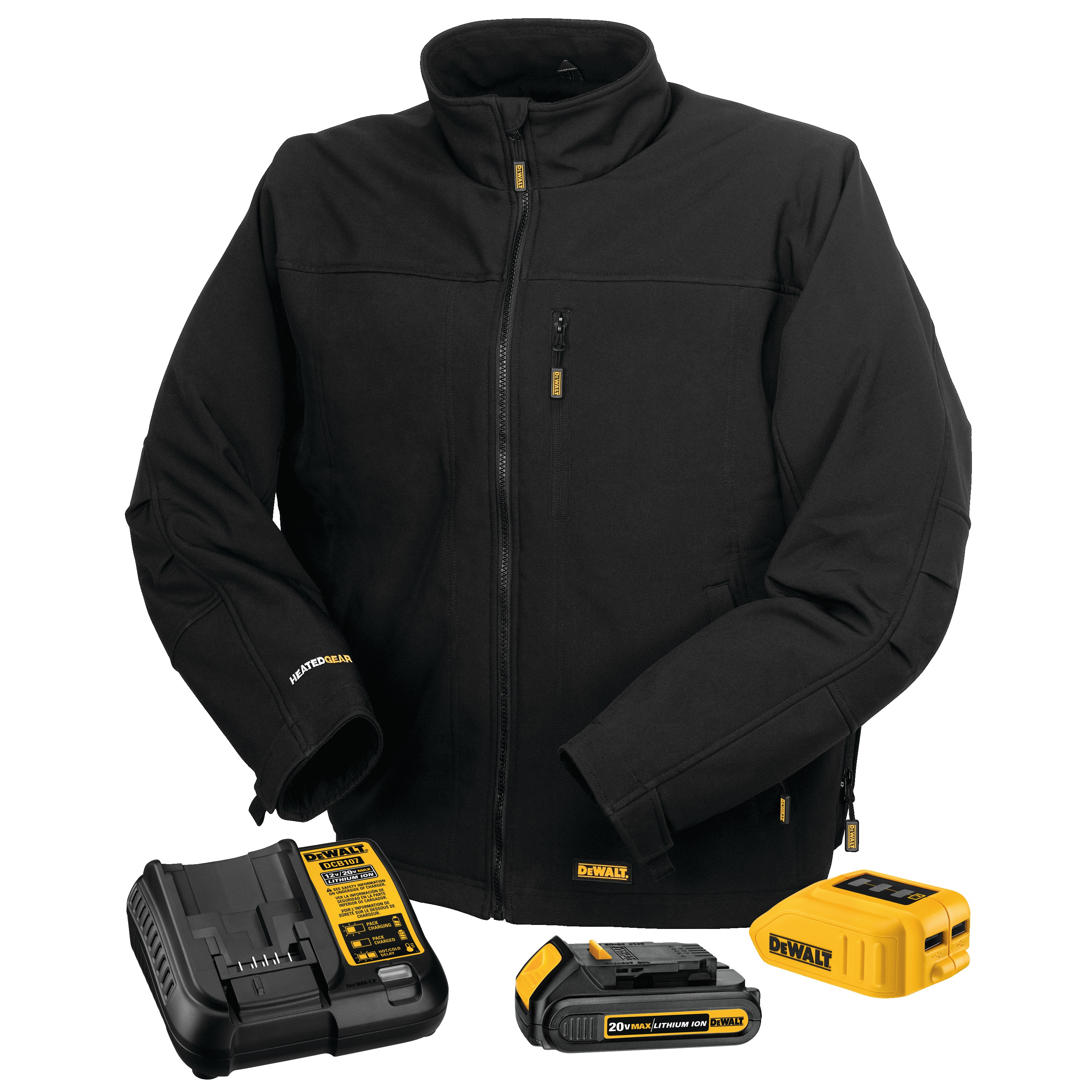The market for heated clothing is expanding rapidly, when the outdoor industry is prepping for winter. It can be a little difficult to determine what will fit your needs so here’s an overview of the best way to select a heated jacket or vest based on the needs of your.
1. Size and Fit of the Jacket
While sizing can vary by retailer, the jacket needs to fit properly so that the elements of heat inside are able to work. Always check out the site of the manufacturer to find sizing charts. If you’re unsure what size you should order then go with a smaller.
Remember, however, that some jackets are not designed for warmth. They typically offer less insulation than more serious winter cycling equipment. If you’re concerned that your current jacket is just not adequate in the colder months think about investing in a more serious winter cycling jacket.
2. Thermal layers
The majority of heated jackets require the need for an additional layer under to help shield you from the heat elements within. The most well-known material used in these layers is Thinsulate which is thought to be both light and effective at absorbing warmth. You’ll likely prefer to wear this layer against your skin, as you don’t want it rubbing up against the jacket’s exterior. If you’re looking to purchase a heated jacket that does not include an extra layer of warmth, you should be aware that additional layering may be required.

3. Charge Time and Battery Life
All jackets on the table are supplied with a charger as well as a battery pack. Some batteries will charge fully within two hours, while others may take as long as eight. Of of course, the more heating elements in your jacket, the more time it’ll take to recharge. But if you ever get stuck in a place without access to your charger, try using an external battery pack to help to boost your battery.
It is also important to keep an eye on the battery life for each jacket, so you’re aware of how long are able to remain warm without needing to recharge or change batteries. If you’re able to, choose a jacket made with lithium-ion batteries as they tend to hold their charge longer than other rechargeable batteries.
4. Heating Levels
The majority of jackets we have reviewed come with high and low heating settings. If you plan to stay out for a short time and are looking to conserve energy then the lower setting is more than adequate. However, if you’re heading on a long trip or anticipate riding at higher speeds, it is recommended to go with the higher setting.
5. Comfort Controls
Although a majority of the jackets come with an integrated remote control or controller, you should have at least some form of control over the amount of warmth your jacket produces. When you travel from a heated space to one that is cold, the jacket won’t cause you to start shivering immediately after you switch off. All heated jackets must be equipped with a temperature control.
6. Battery Life Indicator
It’s frustrating when you discover your battery is in a dead state just before getting home, just like with your car’s gas tank. It is possible to avoid this by making sure that your battery is charged to capacity and monitoring the battery indicator before you go on your bike ride. Jackets can inform you of the length of time your battery will last depending on the heat level. This will ensure that you don’t freeze in the cold.
7. Style and Fit
Be aware of the function of your jacket that is heated. A looser cut is best when you intend to wear it for outdoor activities. An oversized jacket is recommended when you’re searching for something that is versatile and can be worn all day.
For more information, click men’s heated vest